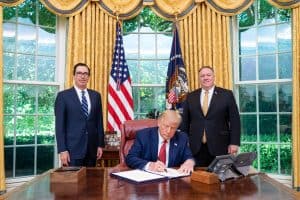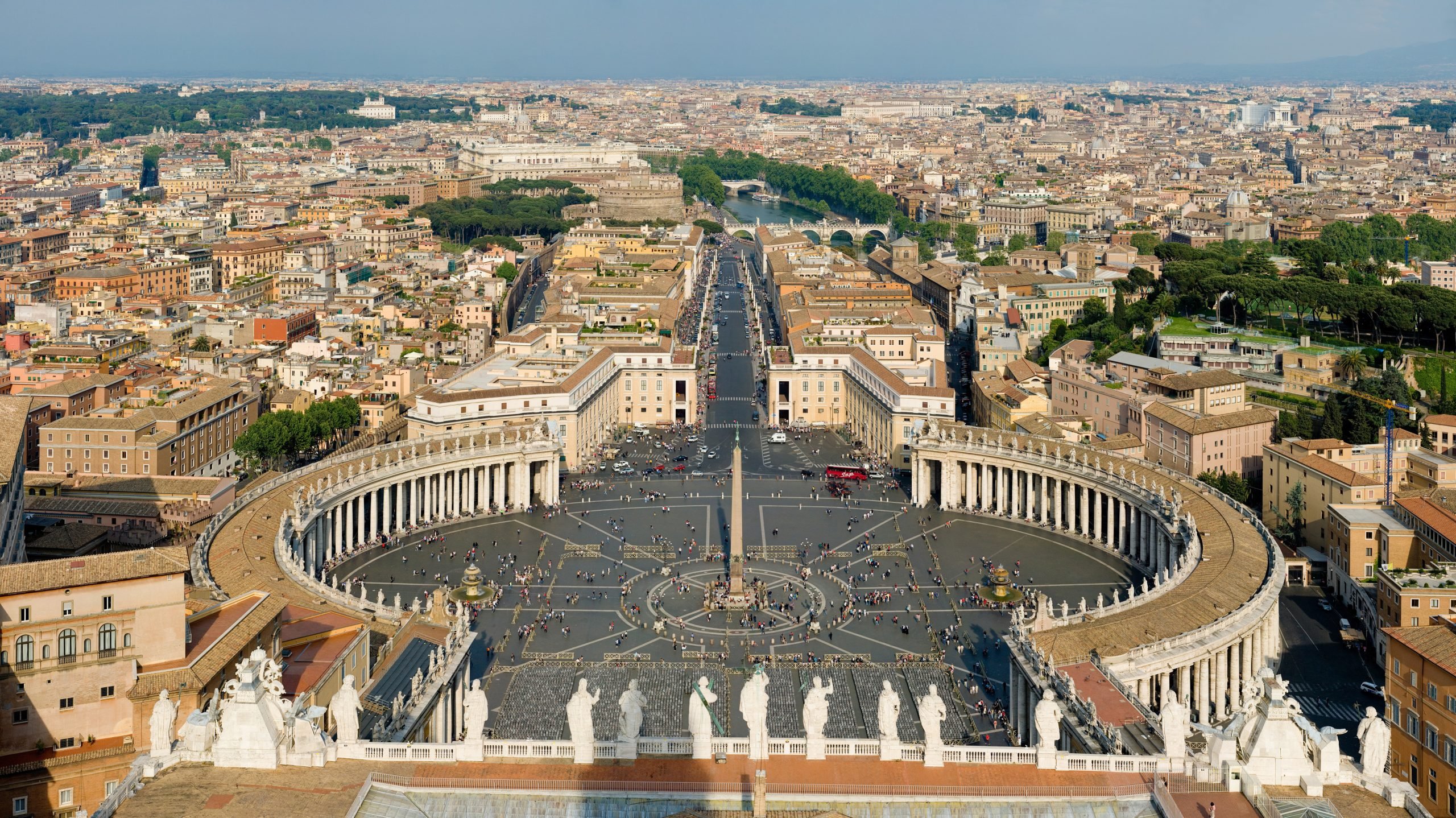

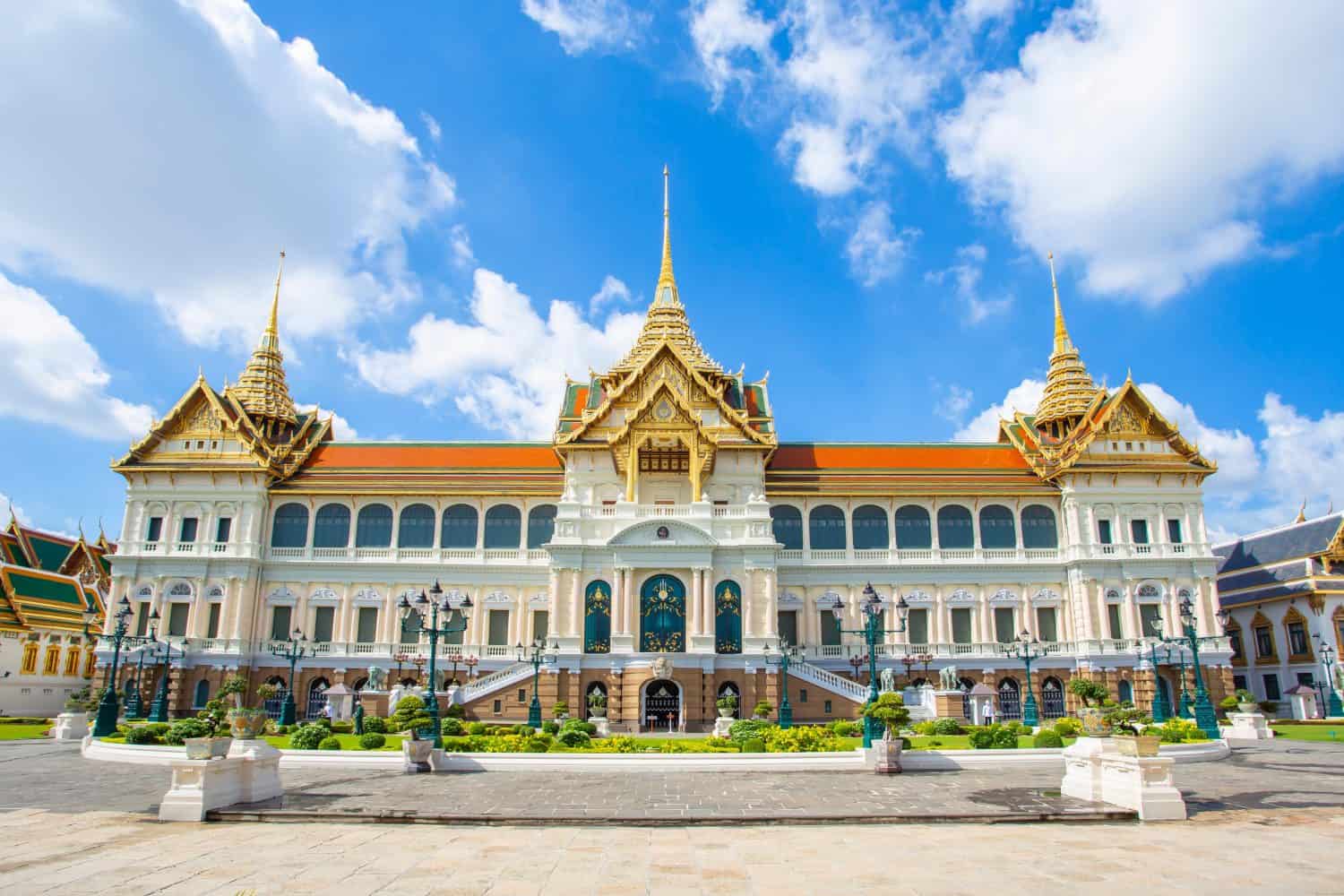
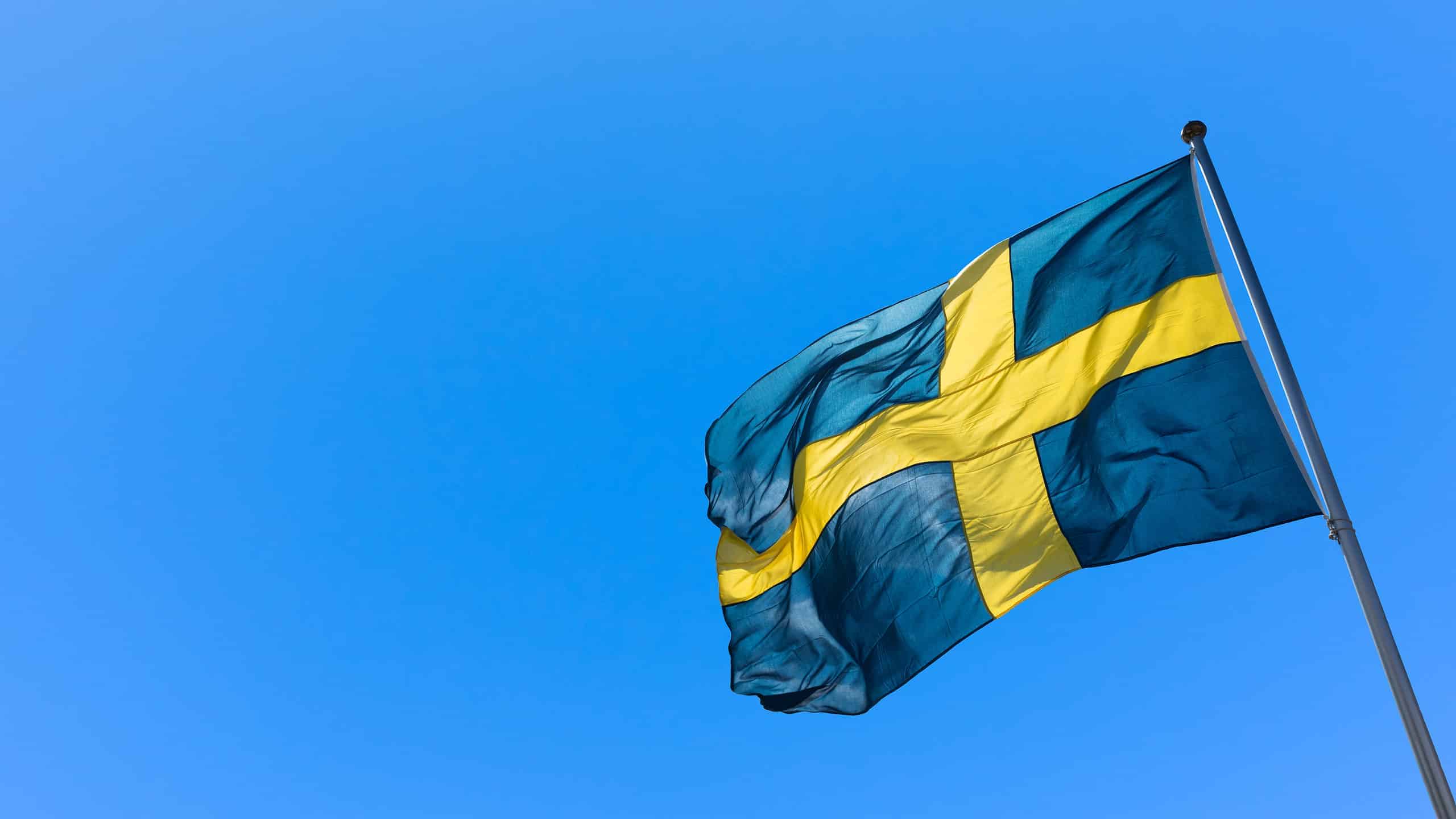
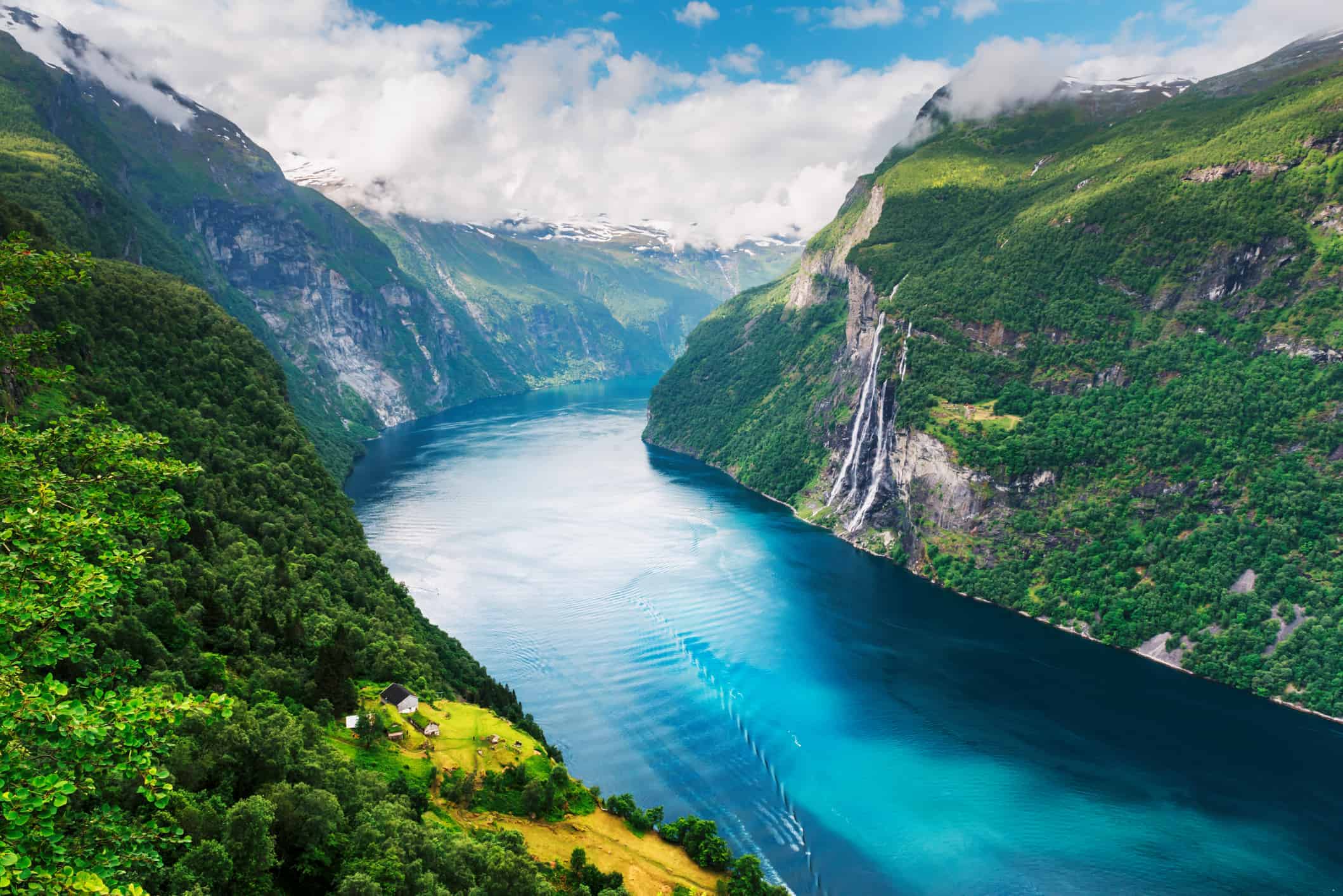
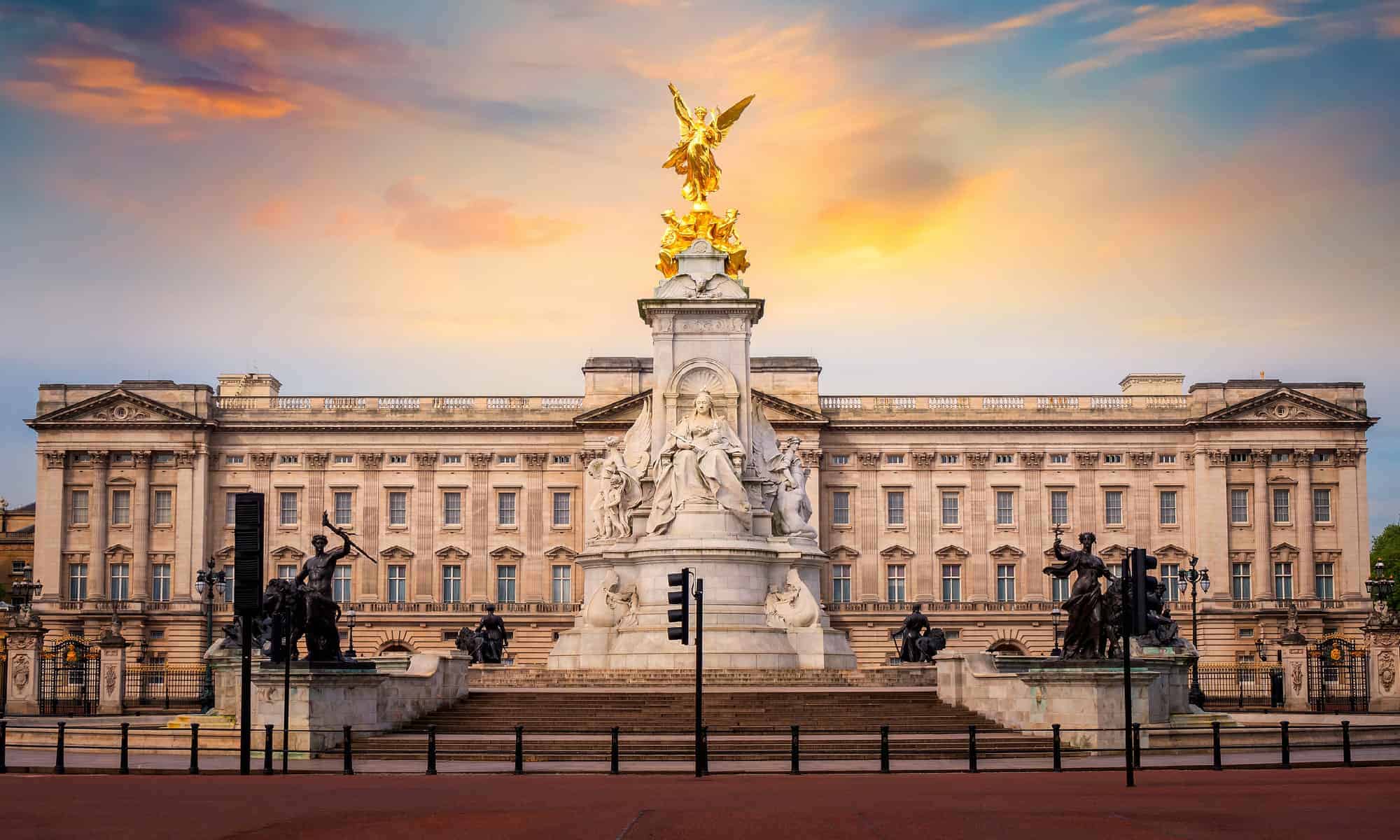
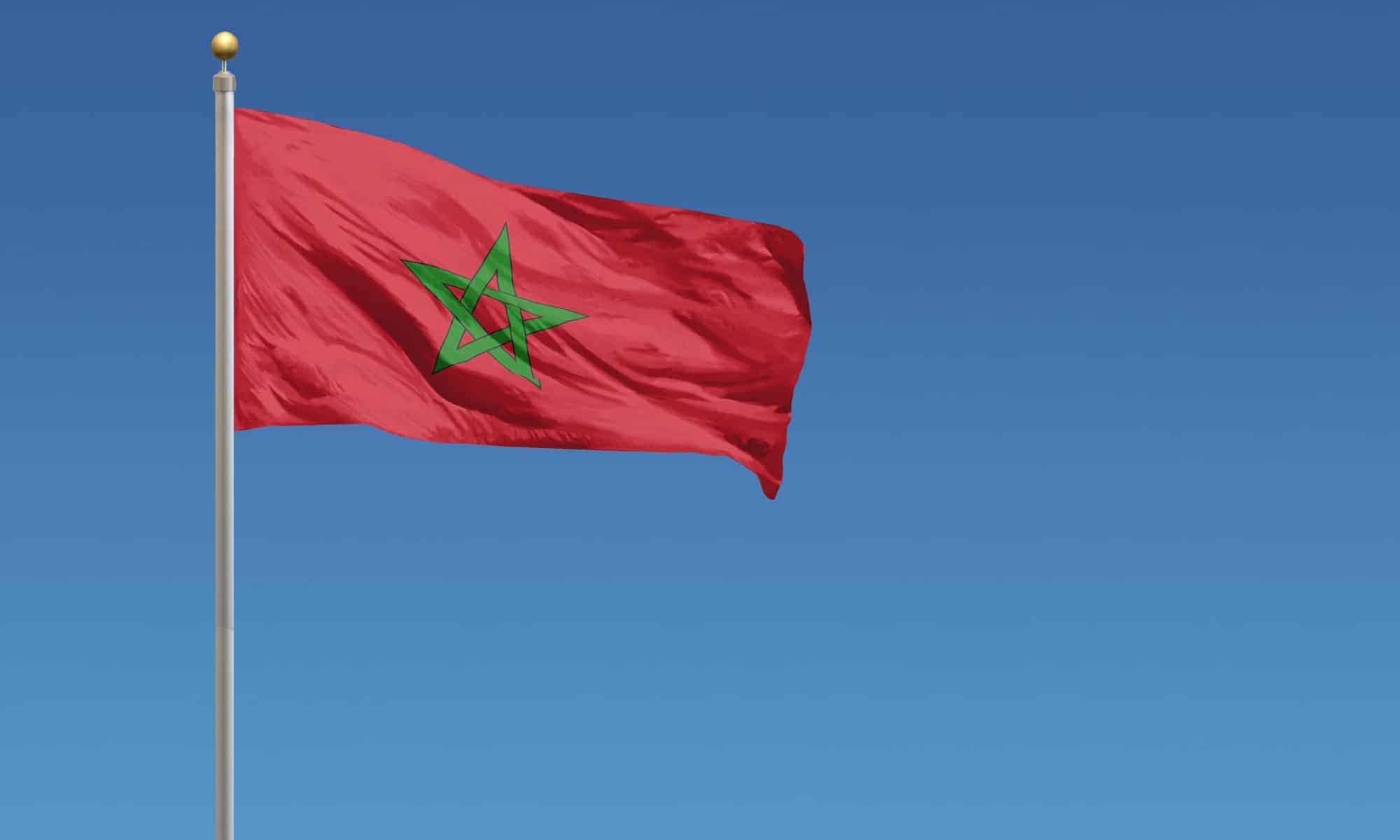
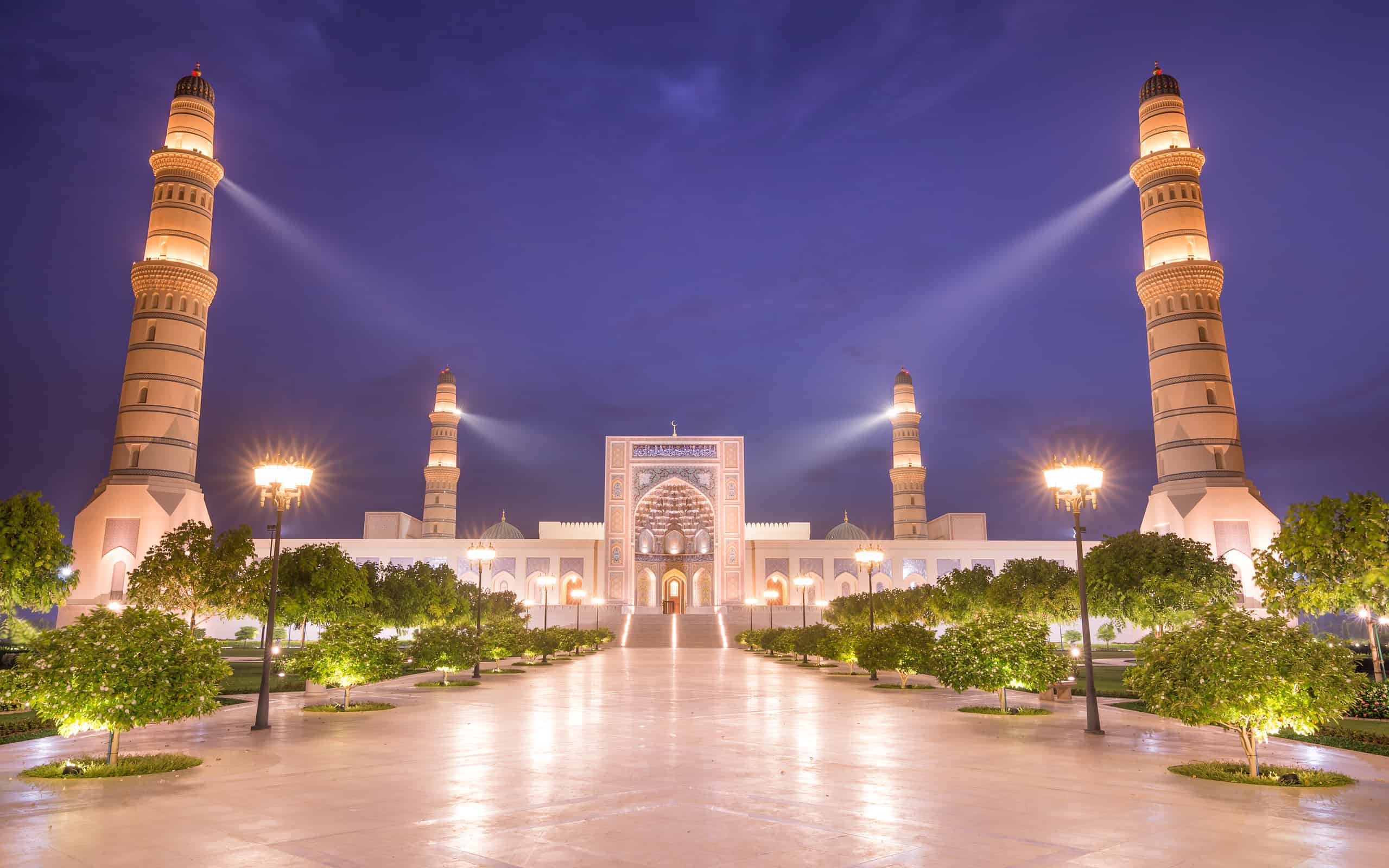
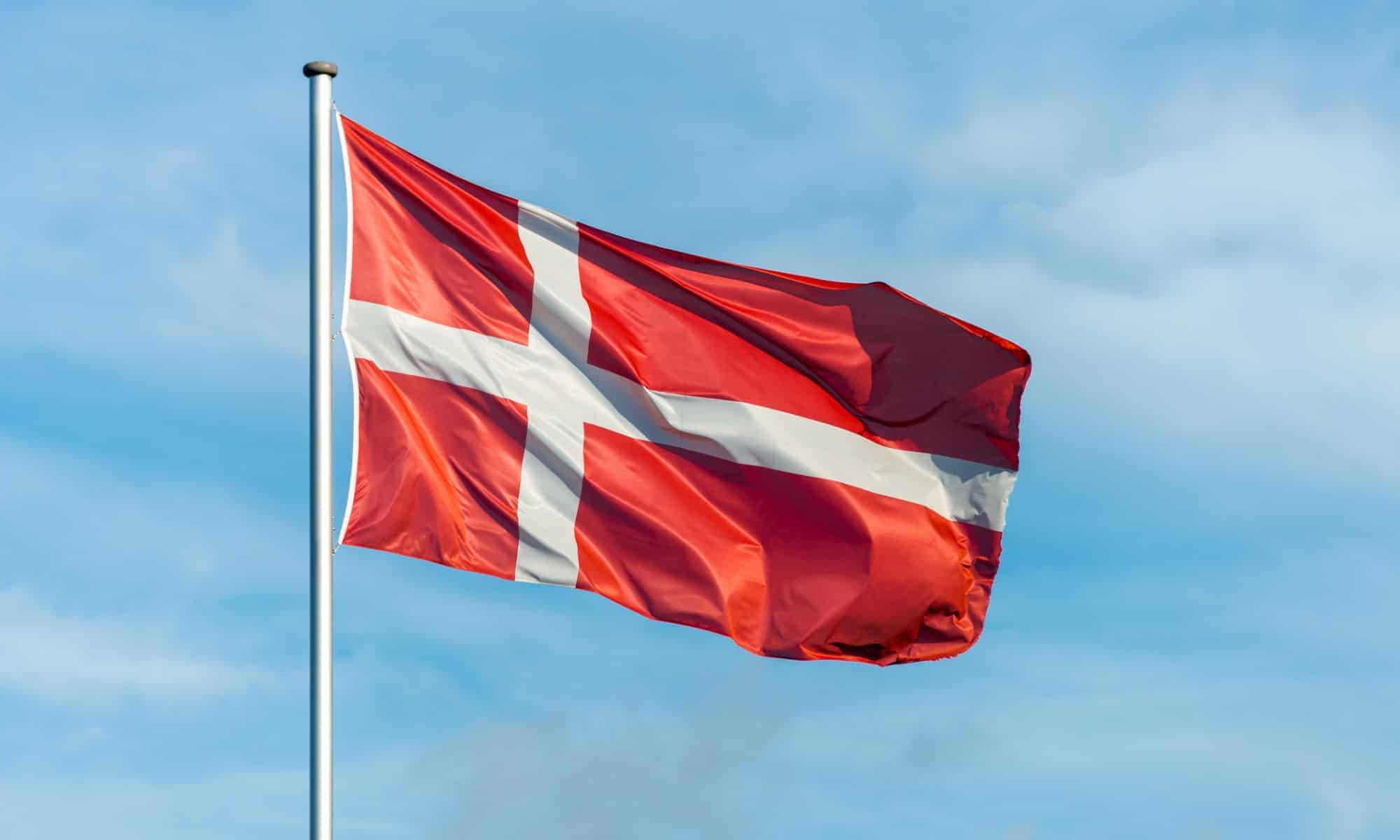
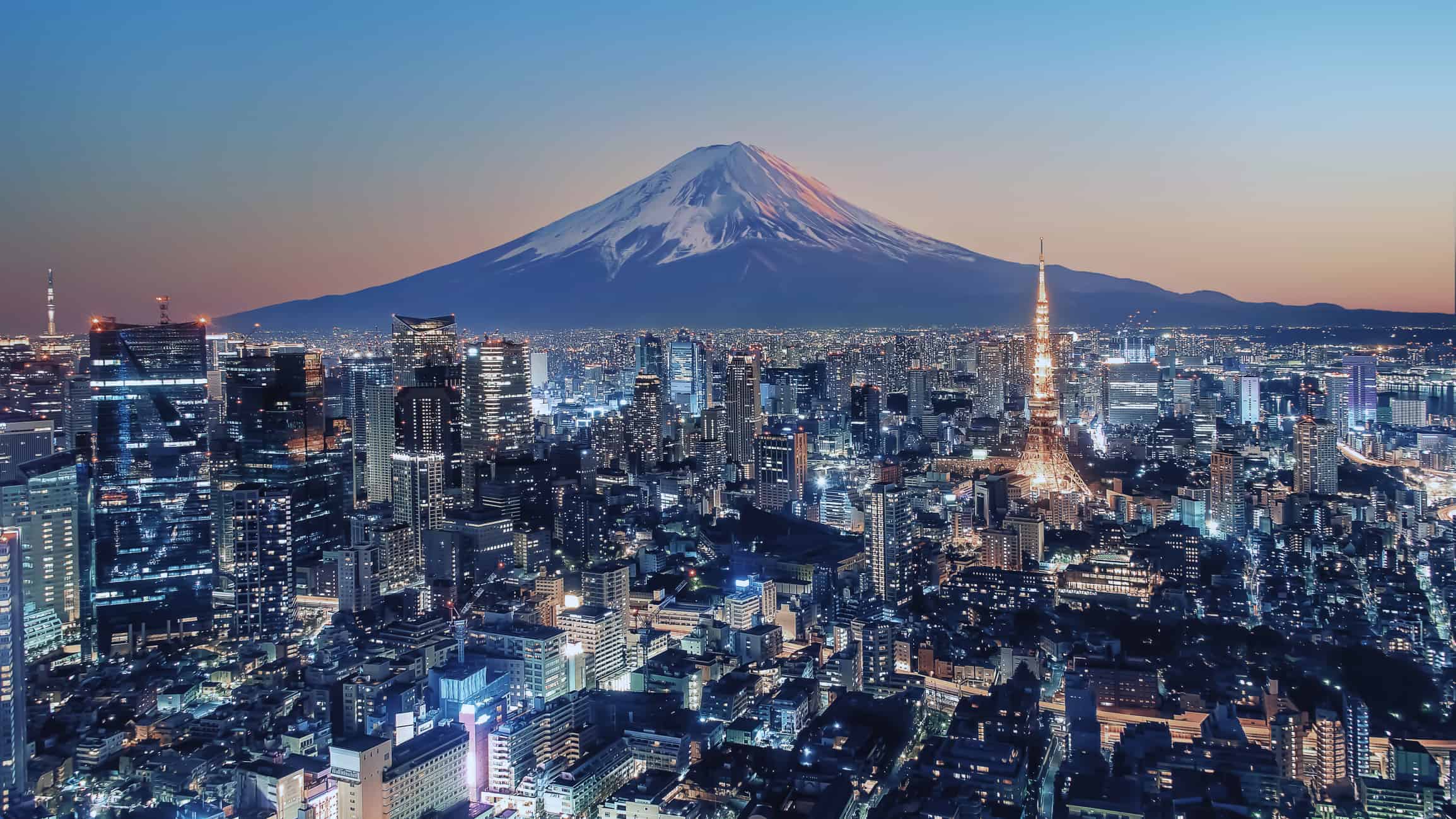

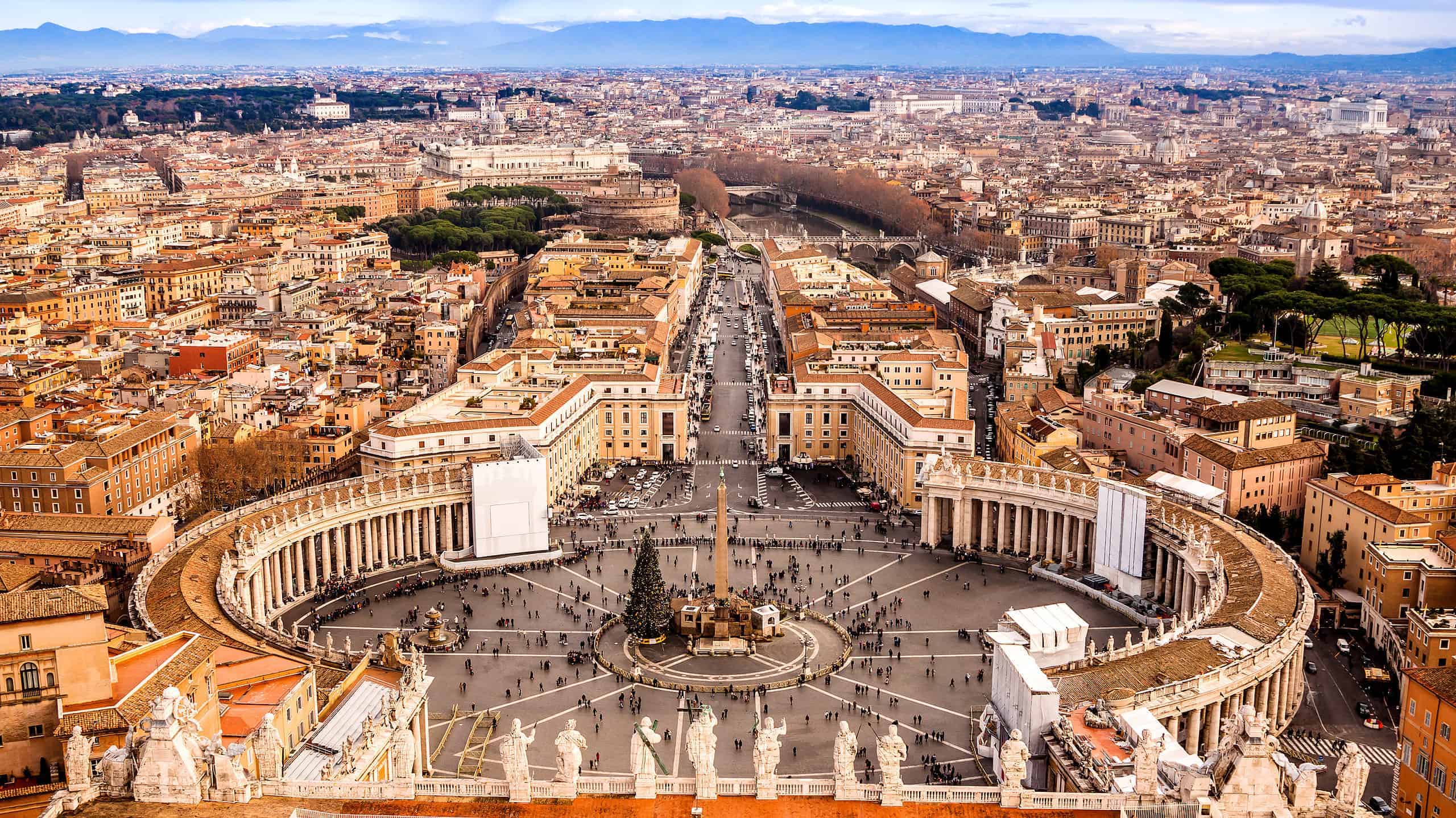
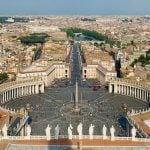
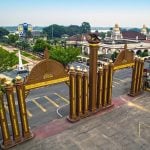
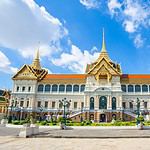
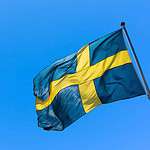

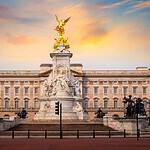
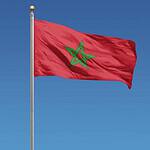
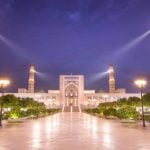
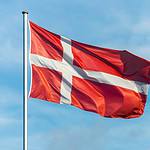

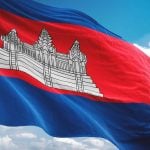
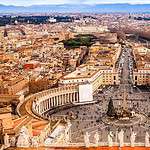
The World's Oldest Kingdom Dates Back to the Days of Rome
Kingdoms are a fascinating thing to study. For most of human history, people gathered around kingdoms to provide protection and a sense of stability. However, the Industrial Revolution and other mitigating factors saw the rise of democratic systems throughout much of the world. That said, we're looking at the world's oldest kingdoms.
11. Sultanate of Kelantan (1267 CE)
A unique member of this list. The Sultanate of Kelantan is the only monarch here that does not rule over an independent nation. Instead, the sultan rules over the Kelantan state of Malaysia. The current ruler, Muhammad V, is the 29 sultan and the head of Islam in the state.
During the medieval age, Kelantan was an influential trade center in Southeast Asia. It fought constantly with its neighbors. Malaysia annexed the nation of Kelantan in 1909. The Sultanate of Kelantan maintained control throughout its long and violent history, with an unbroken line of rulers until today.
10. Kingdom of Thailand (1238 CE)
Thailand has had a relatively rough ride regarding democracy over the past few years. Bouncing back and forth between democracy and military rule has made it difficult to properly assess the monarchy’s power in Southeast Asia's second-largest economy. Today, the current King of Thailand is Maha Vajiralongkorn, who has been on the throne for over eight years.
Like King Charles of Britain, Maha is a ceremonial ruler with no true authority over the Thai people. However, the King’s net worth has helped him become very influential in his people’s affairs. There is also a heavily enforced rule in Thailand against criticizing a royal family member; even the family's pets are considered off-limits for ridicule.
9. Kingdom of Sweden (970 CE)
Ancient and prehistoric records show that the people of Sweden have had kings for thousands of years. Even during Roman times, we have records of kings in the area. However, Sweden's official list of rulers begins with Eric the Victorious because he was the first in a consecutive regnal succession with reliable information. Eric ruled over a united Sweden. However, like the history of Norway and Denmark, his story and previous rulers are shrouded in myth and legend.
8. Kingdom of Norway (872 CE)
The king of Norway has been in a position of power since its creation in 872 CE when Harald Fairhair defeated the many petty Norwegian kingdoms and created Norway. The king of Norway has a few essential executive functions, including leading the military. Today, however, the role is mainly ceremonial.
7. British Monarchy (871 CE)
Depending on how you approach the British monarchy, you can trace its roots to either 871 CE or 1066 CE. King Alfred the Great ruled over the emerging kingdom of Wessex in 871 CE. His kingdom expanded under his decedents to cover most of modern-day England. The royal throne and position he created would be the seat of power of British monarchs until today.
In 1066 CE, William the Conqueror invaded England. His family managed to unite the majority of the British Isles. They continued establishing the feudal system that formed the United Kingdom we recognize today.
The British Monarchy is a constitutional monarchy, and the ruling monarch holds no real power as a largely ceremonial role. The current king of the United Kingdom, Charles III, is a member of the House of Windsor, founded in 1917.
6. Kingdom of Morocco (788 CE)
Morocco was founded as a kingdom in 788 CE by the Idrisid dynasty. In 1631, the' Alawi dynasty' assumed the throne after hundreds of years under the control of several Berber monarchs. The Kingdom of Morocco survived the colonial period and several colonial disputes between France and Spain.
The king of Morocco is not an absolute monarch. However, he still controls the military and judicial system and holds substantial power elsewhere. Criticizing the king is illegal.
5. Sultanate of Oman (751 CE)
The Sultanate of Oman was founded in 751 CE. The current sultan, Haitham bin Tariq, is a member of the Busaid Dynasty, which has ruled Oman since the 1700s.
Because the Sultanate of Oman is an absolute monarchy, every branch of government, including the judicial system, is subject to the sultan. Even though the laws of Oman protect many civil liberties of the nation's citizens, the royal family has largely ignored these laws.
4. Kingdom of Denmark (710 CE)
There is some dispute about the Danish monarchy's age. It is over 1300 years old and was likely founded by Harthacnut, the legendary grandson of Ragnar Lodbrok.
It wasn't until the rule of his son, Gorm the Old, that the king of Denmark ruled over a united Denmark. The current ruling monarch, Queen Margrethe II, is the first female ruler of Denmark and has ruled since 1972.
3. Imperial House of Japan (660 BCE)
The oldest ruling monarchy in the world is the Imperial House of Japan, which can trace its rule back to February 11, 660 BCE, when Emperor Jimmu became the first emperor of Japan. Emperor Jimmu is said to be a descendant of the sun goddess Amaterasu, and while this date is shrouded in myth, it is still used in official documents as the founding of the royal family. The title of emperor, or Tennō in Japanese, literally means "emperor of heaven."
For context, during the time, Nebuchadnezzar II was building the Hanging Gardens of Babylon, and the Olmec culture just started using calendars in Central America!
The earliest verifiable date for the Imperial House of Japan is the start of Emperor Kinmei's reign in 539 CE. Since its founding, the monarchy has had 126 monarchs. The current emperor is His Majesty Fumihito.
2. Kingdom of Cambodia (68 CE)
The monarchy of Cambodia has existed since at least 68 CE. It is one of the only other elected monarchies in the world.
The monarchy was abolished in 1970 when the United States allegedly supported a coup against the king and overthrew the monarchy. Following a brutal civil war, the monarchy was finally restored in 1993, and the previous ruling family was reinstated.
1. Holy See (First century CE)
The Holy See is technically and functionally the only absolute monarch still ruling. It is the seat of government for the Vatican City. However, the real power of governorship didn't begin until the Papal States were founded in 756 CE after nearby sovereigns had gifted the Holy See lands. The Catholic Church maintains unbroken rulership from Saint Peter.
Over the centuries, the land the Holy See controlled has expanded and been reduced considerably. During the 20th century, the Holy See was reduced to the Vatican City, which now rules with absolute power. The Pope, the head of the Catholic Church, typically holds the position of the Holy See and is an elected monarch chosen by the College of Cardinals.
